
The TVS Apache RTR 200 4V and the Bajaj Pulsar NS200 promise not only to deliver good engine performance and engaging riding experience, but they are also much more affordable than the KTM 200 Duke and RC 200. While the Honda Hornet 2.0 also comes close to this genre, it actually falls somewhere between the 200cc and 160cc category with its 184cc engine.
Talking about the Apache 200 and the Pulsar 200, choosing one of these might be a confusing decision to make given their similar streetfighter-like styling, 200cc displacement and nearly the same pricing. But worry not, we are here to make the buying process easier for you by comparing both the bikes on all fronts.

Design
Both the bikes feature an edgy, aggressive and sporty styling with a low-slung headlamp, muscular fuel tank and a sleek tail section. But, the design of the Pulsar is quite old now as it has remained unchanged ever since its debut in 2012. The only styling update it has received are new colour options and graphics. And we must say, the new paint schemes look quite striking with white-coloured alloy wheels and frame.

As for the Apache 200, it was introduced in 2016, four years after the Pulsar 200. In spite of that, TVS bestowed it with a styling revision in 2019 that brought along a new, more radical-looking front fascia. Besides this geometric-looking headlamp, the rest of the bodywork has stayed as it was from the beginning. But the latest model of the Apache 200 comes in a new matte blue colour scheme that is inspired by TVS’ One Make race championship bikes.
Features
When it comes to features, the Apache RTR 200 4V is much more equipped than the Pulsar 200 and a few other bikes that belong to a higher segment. The main highlight of the new Apache 200 is the presence of three riding modes including Sport, Urban and Rain which make changes to its power delivery and the amount of ABS intervention.

Next is the fully –digital LCD console that is Bluetooth enabled. It connects to your smartphone and gives access to turn-by-turn navigation and message and call alerts. It also shows race-oriented data apart from the basic info. Other elements in its long list of features are an LED headlamp, an LED tail lamp, adjustable brake and clutch levers and the GTT (glide through technology) for making it easier to ride in traffic. Lest we forget, the new version of the Apache 200 also incorporates preload-adjustable Showa suspension at the front.

On the other hand, the Pulsar NS200 is pretty basic in comparison and doesn’t get much to tell you about. It offers a limited set of features like a halogen headlamp, an LED tail lamp, conventional turn indicators and a semi-digital instrument cluster.

Engine
On the flip side, where the Pulsar NS200 has an upper hand is in the engine department. It is powered by a 199.5cc, liquid-cooled engine that churns out 24.13bhp of power and 18.5Nm of peak torque. Whereas, the Apache makes lesser power and torque at 20.21bhp and 16.8Nm from its 197.75cc, oil-cooled motor. Moreover, the engine of the Pulsar comes mated to a six-speed gearbox that gives it more flexibility and cruising ability than the Apache’s five-speed transmission system. But then the Apache makes up for the lack of a gear by offering a slipper clutch which is absent in the Pulsar.

Now, both these engines will greet with you a peppy acceleration and useable torque from low to mid-range that makes them suitable to ride in most scenarios. However, the Pulsar’s powerplant revs slightly higher and has an advantage of that extra gear.

As for the cycle parts, both bikes come equipped with 17-inch alloy wheels, telescopic forks, a monoshock and a single disc brake at both ends. However, while the Pulsar is available only with a single-channel ABS setup, the Apache is available in options of a single and dual-channel ABS. And as I mentioned before, the front suspension of the Apache can be adjusted for preload, a facility that isn’t available in the Pulsar.

Pricing
The Bajaj Pulsar NS200 is the more expensive of the two with an ex-showroom price tag of Rs 1.35 lakh. Meanwhile, the TVS Apache RTR 200 4V is available in a single-channel ABS trim that costs Rs 1.28 lakh and a dual ABS version that sets you back by Rs 1.34 lakh.
The Pulsar has very few things to justify that small premium like marginally higher engine performance and a six-speed gearbox. On the other hand, the Apache RTR 200 4V is leading the battle in terms of technology and hardware by a big margin, which make it a more value-for-money proposition.



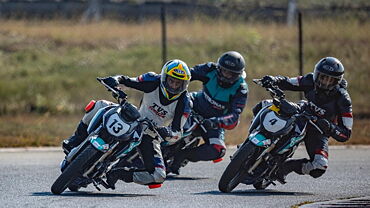

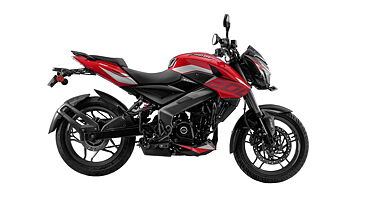

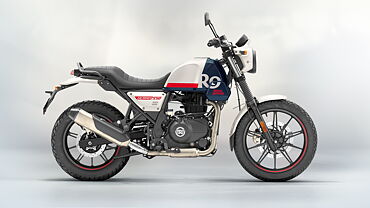
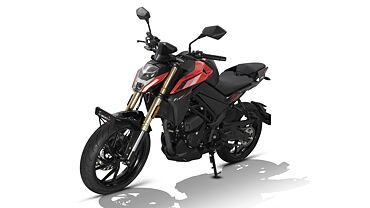
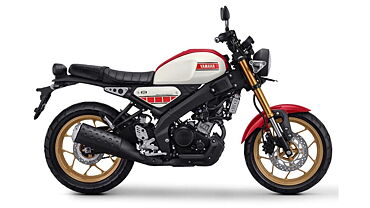
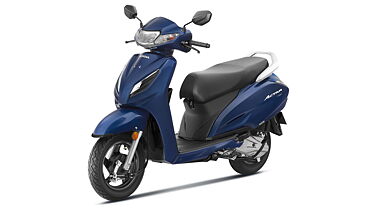





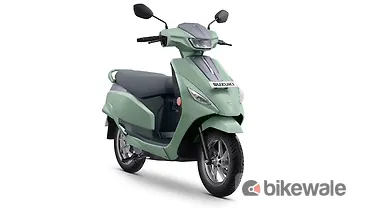





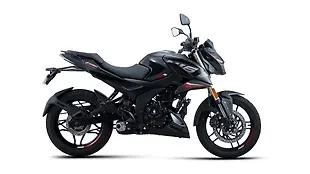
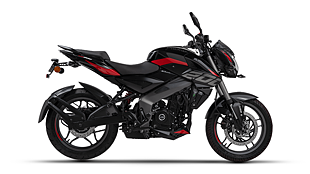
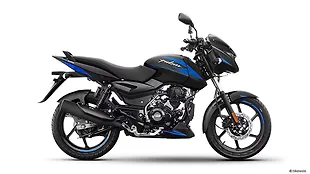





![KTM 390 Adventure X [2025] KTM 390 Adventure X [2025]](https://imgd.aeplcdn.com/272x153/n/cw/ec/190885/390-adventure-x-2025-right-side-view.jpeg?isig=0&q=80)